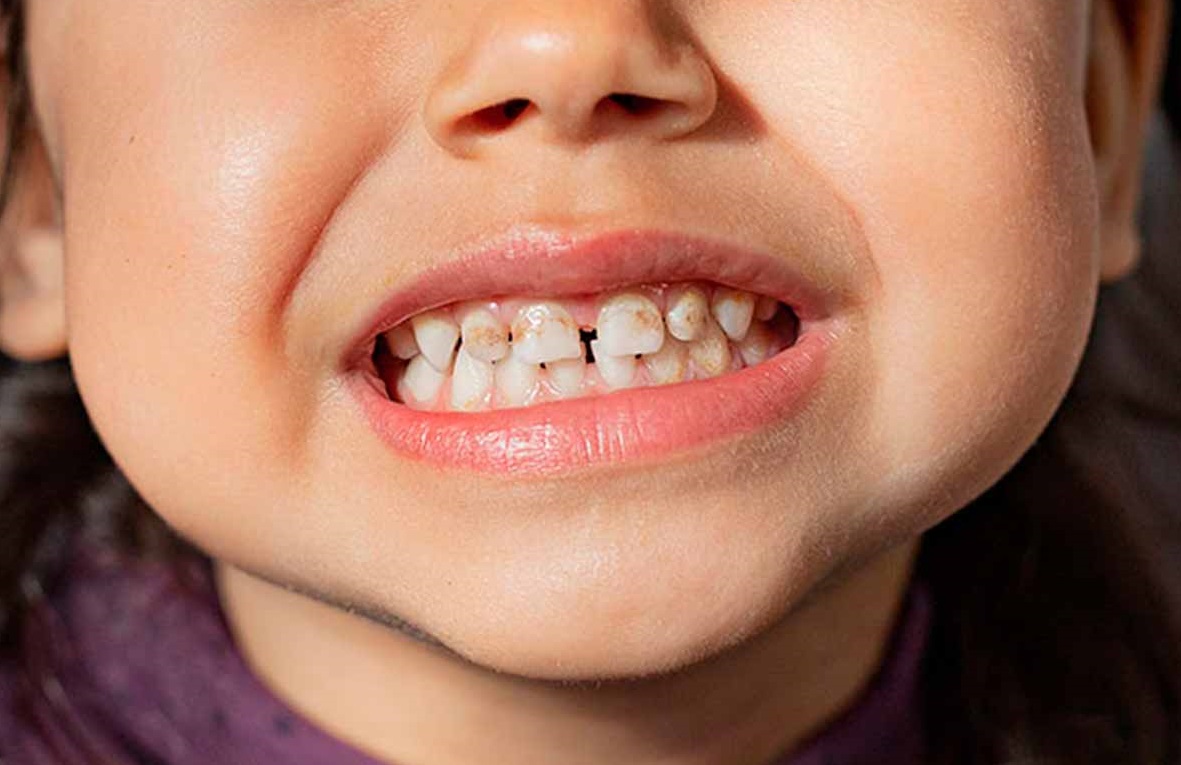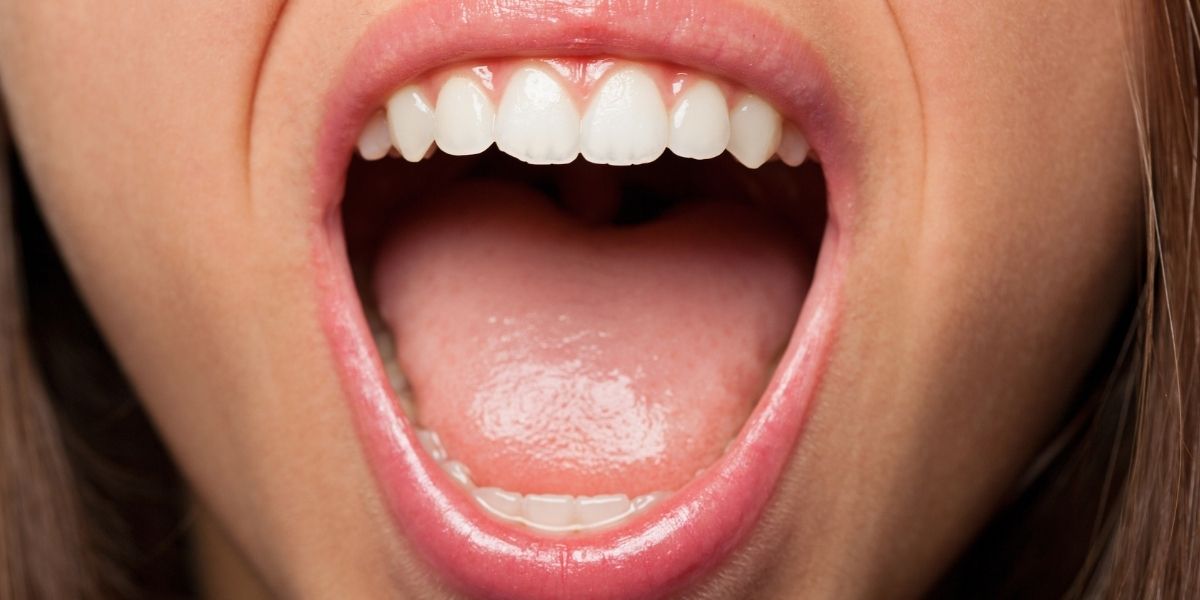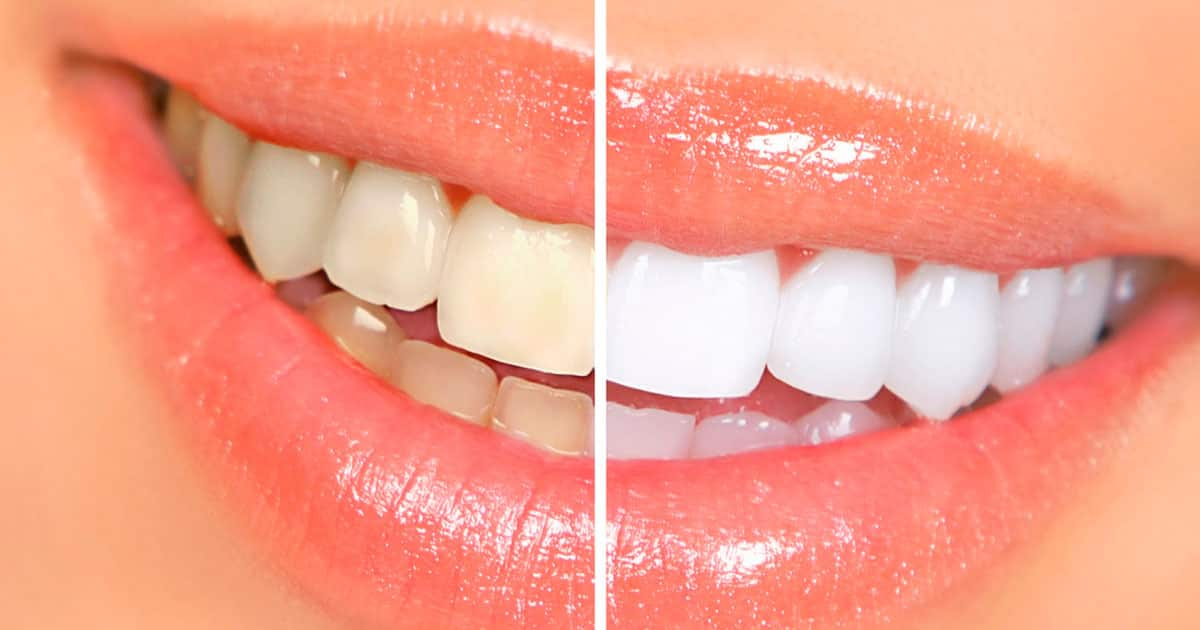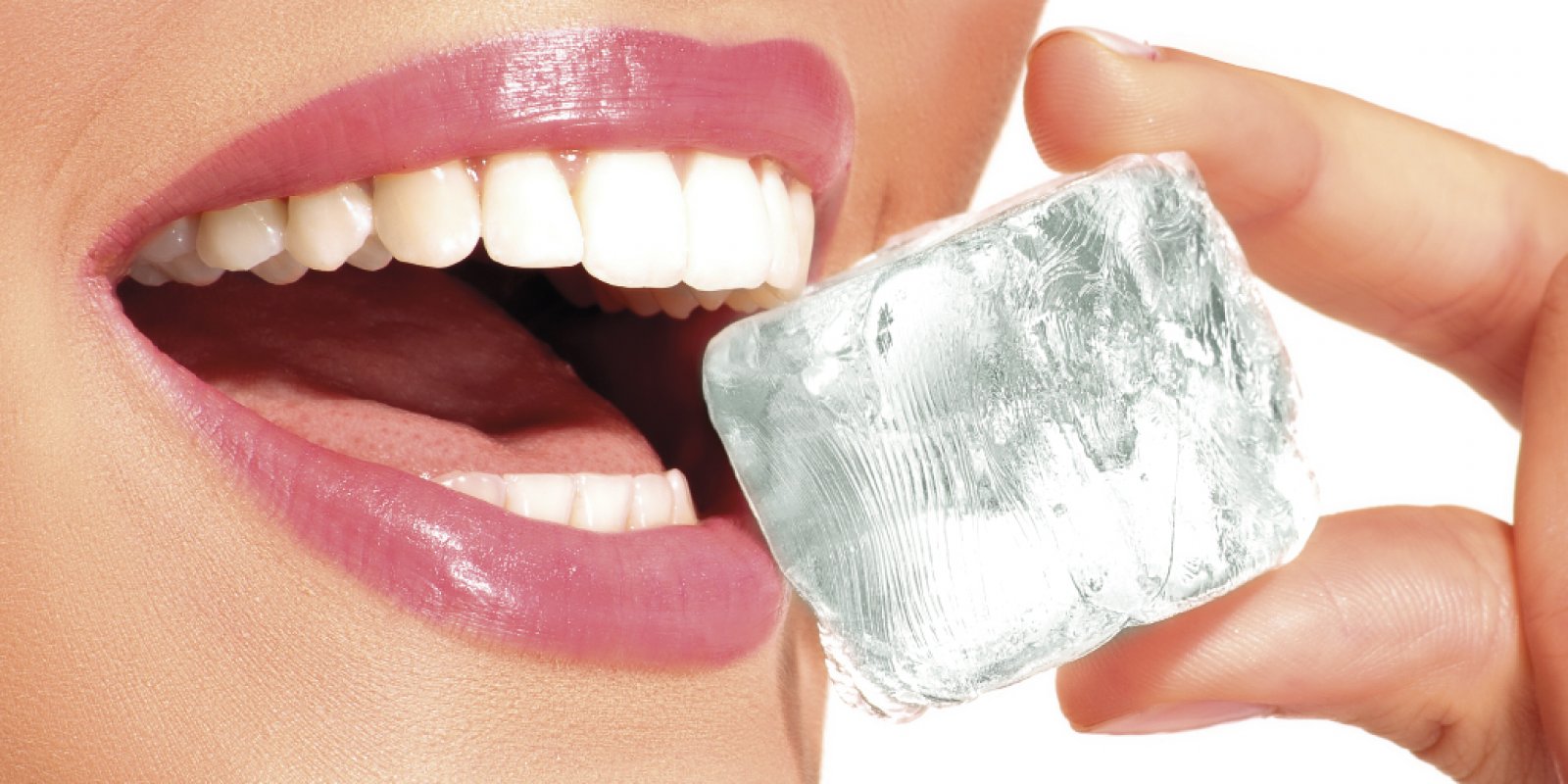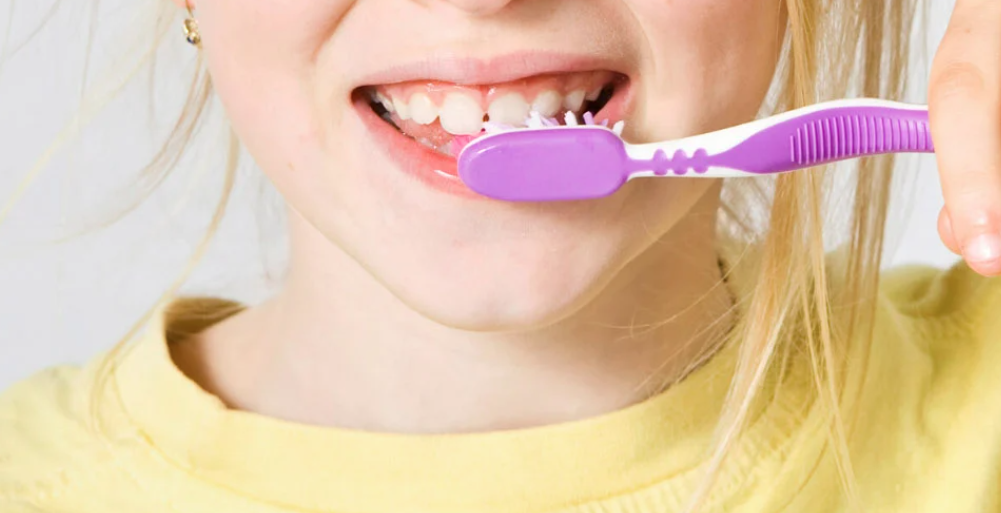Dr. Arabella Michelén
Monday, August 12, 2019
Temporary or baby teeth are much whiter than permanent teeth; the enamel, which is the outer tissue of the teeth, is transparent and allows the color of the dentin, which is darker or yellowish in adults, to show through.
The contrast between a temporary tooth and a permanent tooth is quite noticeable.
Mothers are usually the first to identify a stain or abnormal condition in their baby's teeth, whether it’s a spot, a deformation, or misalignment, among other issues.
This condition can occur during the eruption of the teeth.
The most common spots are whitish and may be related to demineralization, while others may stem from internal factors in tooth formation.
The first step is to visit a pediatric dentist, who will diagnose the situation and provide treatment in collaboration with the parents.
Spots caused by demineralization are precursors to dental cavities, so the pediatric dentist is the right person to treat them, whether through remineralizing the area or restoring lost dental tissue.
Yellowish, dark brown, or gray spots are closely related to the intake of certain medications during pregnancy, which is why it is important for mothers not to self-medicate during this time.
Tetracycline used during pregnancy or in children under eight years old can cause these dark spots.
These stains are classified based on color and the amount of tissue affected, and they can affect areas ranging from small surfaces to soft tissue (gums).
Like the whitish spots, treatment must be managed by the pediatric dentist and the required team of professionals.
In more severe cases, dental veneers, crowns, or other aesthetic procedures may be necessary.
It is important to mention that these stains, like the internal origin whitish spots, do not affect oral health; however, they do impact aesthetics and the individual’s mental health.
Occasionally, these children may be teased by their classmates, making it harder for them to socialize and develop psychologically and emotionally. This highlights the need for treatment.
Consult a specialist at the first sign of any discoloration and stains on the teeth, as well as if the mother or child has taken tetracycline (the mother during pregnancy). All necessary measures should be taken to prevent the situation from worsening. Remember, prevention is easier than cure.

